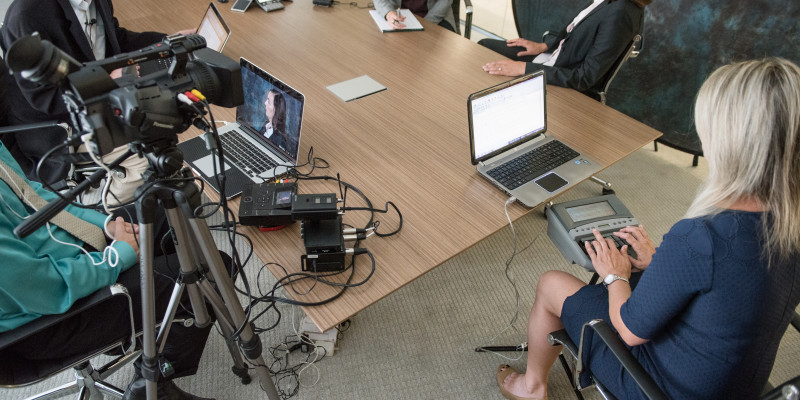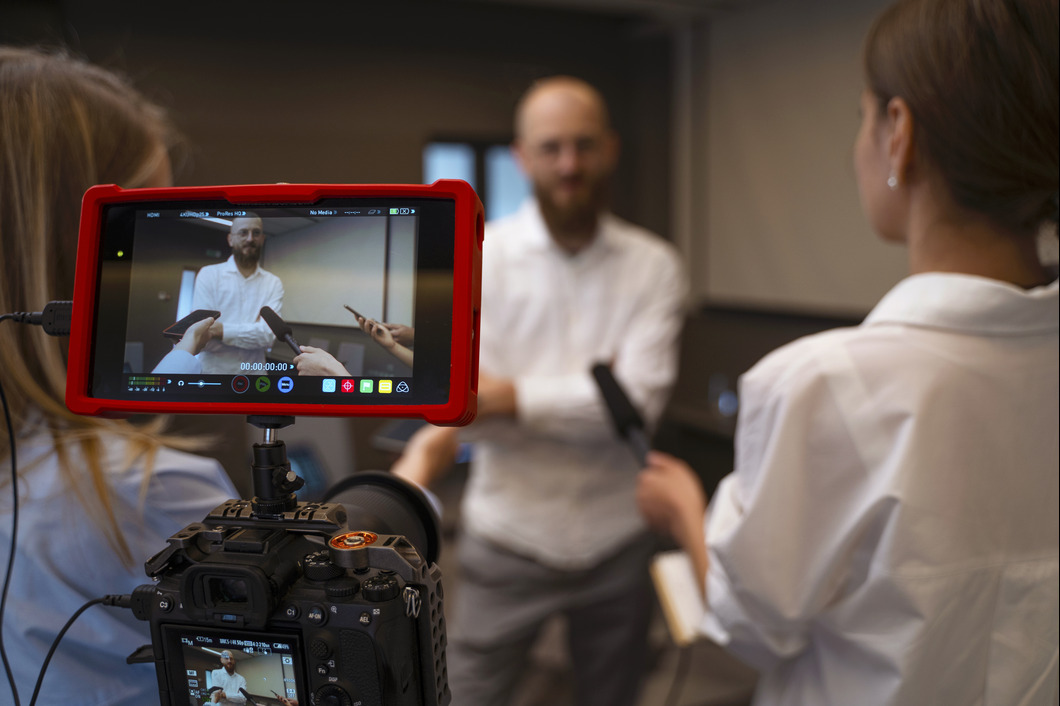The Intricacies of Legal Videography and Its Function in Capturing Crucial Details for Evidential Purposes in the Legal Area
From documenting crime scenes to tape-recording witness testimonies, lawful videography plays a pivotal function in offering essential details with exceptional clearness and accuracy. Comprehending the technological elements, legal requirements, and tactical implications of legal videography is important for legal professionals seeking to use its complete capacity in reinforcing their instances.
Advancement of Legal Videography
Just how has lawful videography developed within the legal area for many years? Lawful videography has actually undergone a significant transformation, adjusting to the technical developments and changing demands within the legal profession. Lawful videography was mostly used for simple recordings of lawful proceedings and depositions. Nonetheless, with the development of high-definition cameras, progressed editing software program, and on the internet platforms, the duty of lawful videographers has increased to encompass a more comprehensive series of solutions.

Moreover, the surge of virtual process and remote depositions in the last few years has further drove the evolution of legal videography, requiring videographers to adapt their abilities to record process effectively in an electronic environment (Legal Videography). Generally, the development of lawful videography has been marked by a shift in the direction of extra innovative innovation, superior professionalism, and a wider scope of solutions to meet the advancing requirements of the legal field
Importance of High-Quality Footage
High-grade video in lawful videography is important for accurately documenting and presenting visual proof in a reliable and expert way. The clearness and detail caught in premium video footage can be important in lawful procedures, permitting a precise exam of occasions, expressions, and details that may be essential to an instance. Juries, courts, and attorneys depend on aesthetic evidence to understand complicated situations, and poor-quality video footage can cause false impressions or doubts regarding the authenticity of the evidence offered.
In addition, high-quality video footage can improve the overall discussion of proof, making it a lot more convincing and compelling. Well-captured visuals can aid reinforce debates, clarify testaments, and supply an extensive view of the realities handy. This can eventually strengthen the credibility of the legal group offering the proof and boost the chance of a beneficial outcome for their customers. In an area where every information matters, purchasing top quality footage is not simply helpful yet often essential to ensure that justice is served properly and rather.
Strategies for Effective Documentation
To make certain complete and accurate documents in legal videography, utilizing reliable methods is extremely important in capturing critical information and proof. Keeping an in-depth log of visit their website all video, including timestamps and descriptions of the content, is crucial for easy recommendation and retrieval throughout lawful procedures. By implementing these techniques, lawful videographers can enhance the top quality and reliability of their documentation, ultimately enhancing the indicative worth of their recordings.
Admissibility and Authentication of Video Evidence
In the realm of legal videography where careful documentation is essential, the admissibility and verification of video clip proof play a crucial function in identifying the reputation and legitimacy of recorded materials. Admissibility describes the acceptance of video clip evidence in a law court, while verification guarantees that the video offered is genuine and unchanged. For video clip proof to be admissible, it has to satisfy legal requirements such as integrity, significance, and credibility. The chain of wardship, which records the handling of the video clip from recording to presentation in court, is important for developing authenticity.
Authentication entails confirming that the video has not been damaged or modified to misstate truths. my sources Methods such as electronic trademarks, metadata analysis, timestamps, and expert testimony can be made use of to confirm video clip evidence. Making sure that the video clip was videotaped under proper conditions and that the tools used was working properly enhances its credibility. Ultimately, the admissibility and authentication of video proof are crucial in maintaining the integrity of legal procedures and making certain that justice is served based upon dependable details.
Enhancing Legal Approaches With Video Innovation

These restorations can aid make clear intricate details, timelines, and spatial connections, aiding in the comprehension of intricate legal concerns. On the whole, the assimilation of video technology into legal techniques not just improves the discussion of proof but likewise strengthens the persuasiveness and integrity of lawful debates.
Final Thought
To conclude, lawful videography plays an important role in capturing important information for indicatory objectives in the lawful area. Through the evolution of innovation and strategies for efficient documents, high-grade video footage can boost lawful approaches and offer useful proof in court. Legal Videography. Making certain the admissibility and verification of video evidence is essential to utilizing video clip innovation successfully in legal procedures
Recognizing the technical facets, legal demands, and strategic ramifications of lawful videography is important for lawful professionals looking for to use its full possibility in reinforcing their cases.
Lawful videography was primarily utilized for basic recordings of legal procedures and depositions.Utilizing video modern sites technology in legal techniques can substantially boost the performance of lawful experts in providing evidence and disagreements in a engaging and influential way. Overall, the integration of video technology right into legal methods not just enhances the presentation of evidence however also enhances the persuasiveness and reputation of legal arguments.
In conclusion, legal videography plays a critical role in catching crucial information for indicative purposes in the legal field.